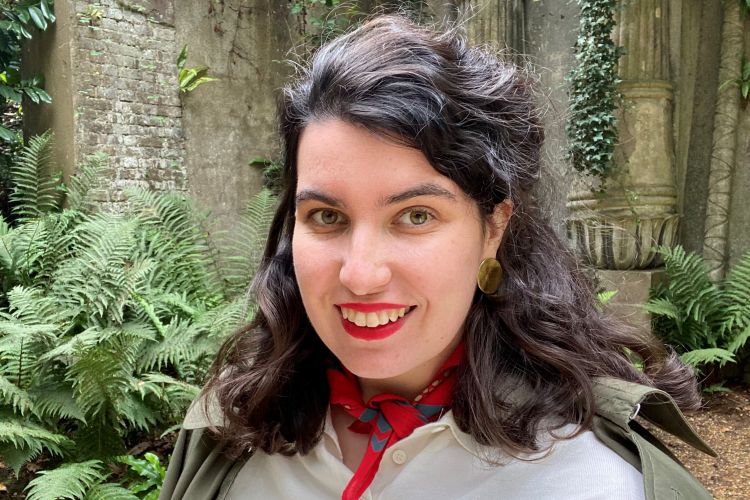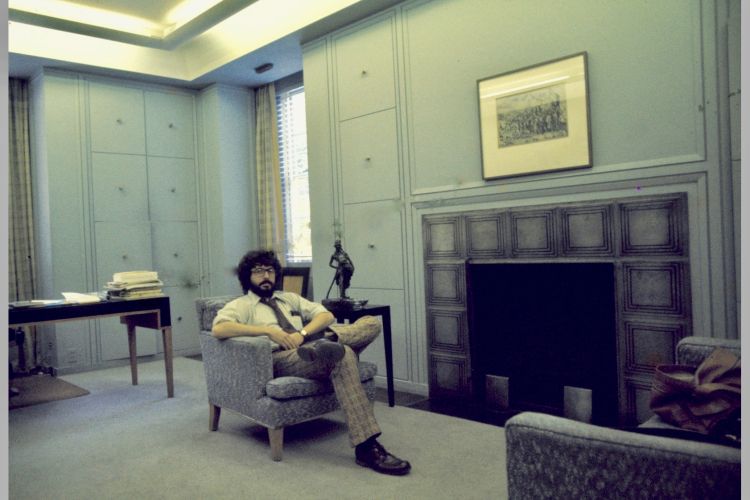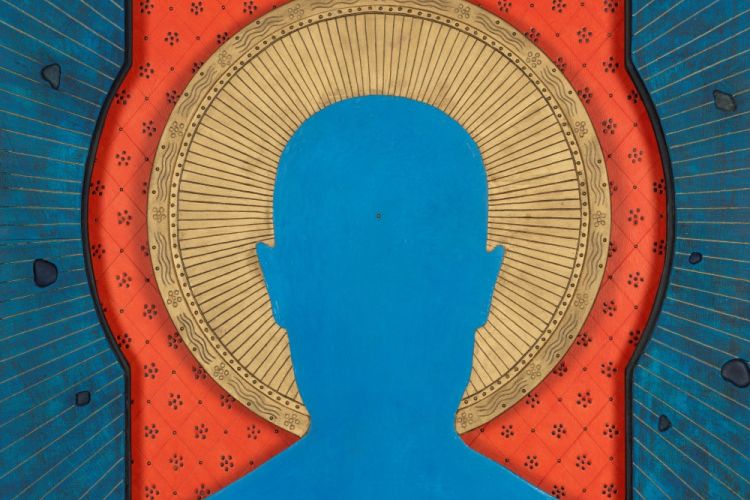PAFA Announces Animation as Newest Program at the College of the Fine Arts
PHILADELPHIA (November 5, 2020) -- The Pennsylvania Academy of the Fine Arts (PAFA) is pleased to announce Animation as the newest undergraduate program at the College of the Fine Arts. Under the leadership of department chair Amy Lee Ketchum, the Animation program at PAFA combines PAFA’s world-class training in the studio arts with the moving image, emphasizing experimental fine art-based approaches to animation. Utilizing PAFA’s cutting-edge facilities, the program also provides students with professional training on the latest digital platforms and techniques, preparing them for career paths in the animation industry.
“The new Animation program builds on PAFA’s strong tradition of narrative storytelling and experimental approaches to moving imagery, while providing opportunities and resources for our students to discover their artistic voices,” said Clint Jukkala, Dean of the College of Fine Arts. “I am thrilled that Amy Lee Ketchum will be leading this new department and am confident that, with her stewardship, we can expect extraordinary and innovative work from our students.”
PAFA has a long history with moving images, beginning with founder Charles Willson Peale's "moving pictures". PAFA's narrative painting tradition laid the groundwork for many alumni to explore kinetic and time-based media, including pioneering experimental animator Mary Ellen Bute (1906–1983) and award-winning filmmaker and artist David Lynch. Lynch created his first moving work, Six Men Getting Sick, as a student at PAFA. The PAFA Animation program draws upon that rich legacy while embracing the vast evolution of Animation as a contemporary artistic practice.
Incoming Animation students will complete the PAFA First Year Foundation curriculum, developing a strong grounding in perceptual drawing and painting, understanding of the figure and anatomy, and familiarity with processes in printmaking and sculpture, before beginning their Animation course of study. Second-year Animation classes include Principles of Animation, Production Processes, 2D Animation, and Stop Motion Animation; third-year students take a professional practices course and develop a portfolio and resume for internship placement, as well as classes including Motion for Industry and Alternative Cinematic Structures. A student’s final year will focus on their capstone graduation film project.
“The Animation program at PAFA is geared towards training artists to be visionaries who pave their own path and operate in multiple contexts,” said Amy Lee Ketchum. “Whether a student wants to practice in the fine arts, the entertainment industry, independent film, or a combination of fields, we aim to provide students with the support and skillset to do so.”
On-campus resources for Animation students include two digital labs, animation stations, and screening spaces, as well as access to equipment through PAFA’s Arcadia Fine Arts Library. A new lab exclusively for animation was completed in January of 2020, and contains 15 work stations with iMac computers and Cintiq tablets. PAFA facilities also include two stop-motion spaces built in January 2020. These new facilities complement PAFA's existing Media Lab, built in 2015 and set up for green screen video work and photography, with additional stop-motion animation stations. PAFA’s screening facilities include the Rhoden Art Center, a 265-seat state of the art auditorium, as well as the adjacent Anne Bryan Gallery which houses a dedicated video projection space.
Additional information on the Animation program at PAFA, including details on individual classes, a reel of current student animation work, on-campus resources, how to apply, and more, is available at pafa.edu/academics/departments/animation.



